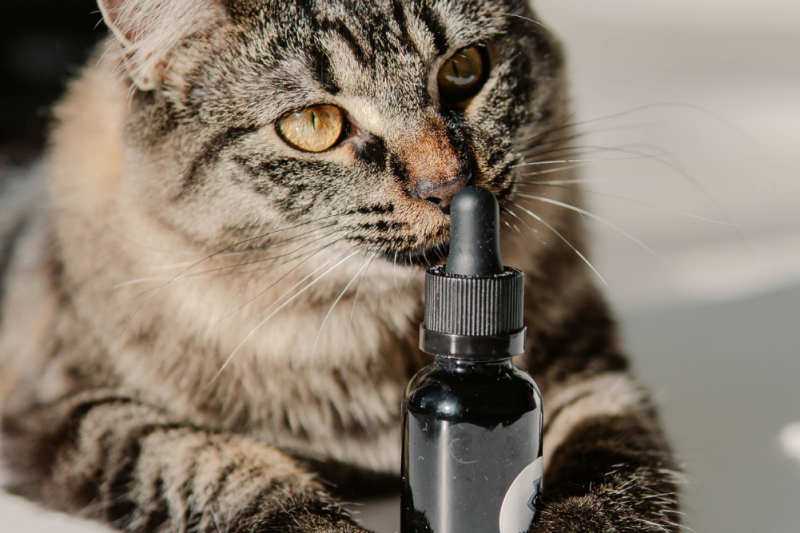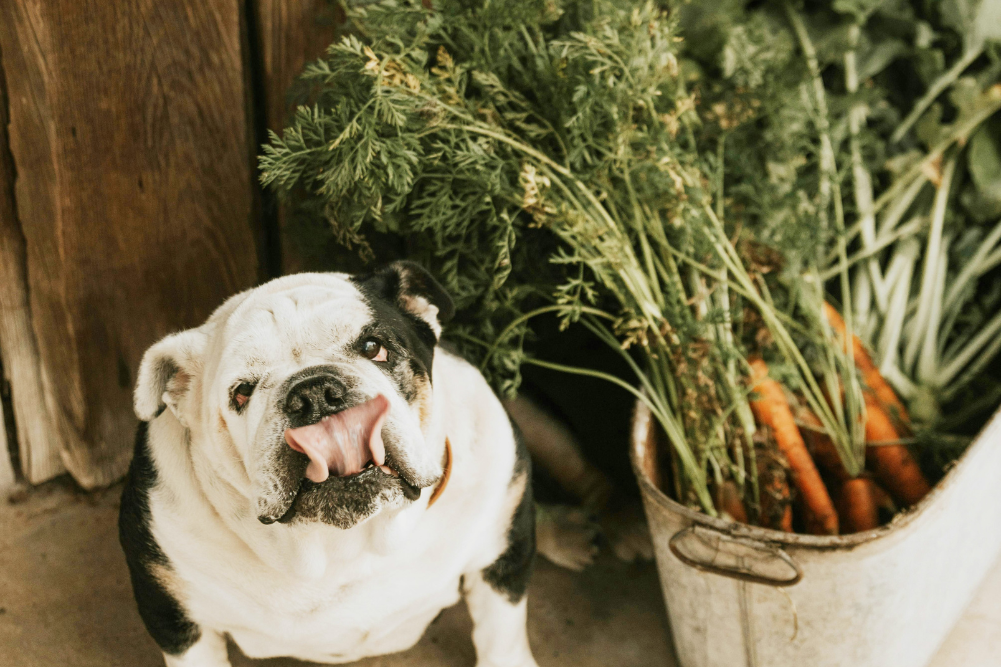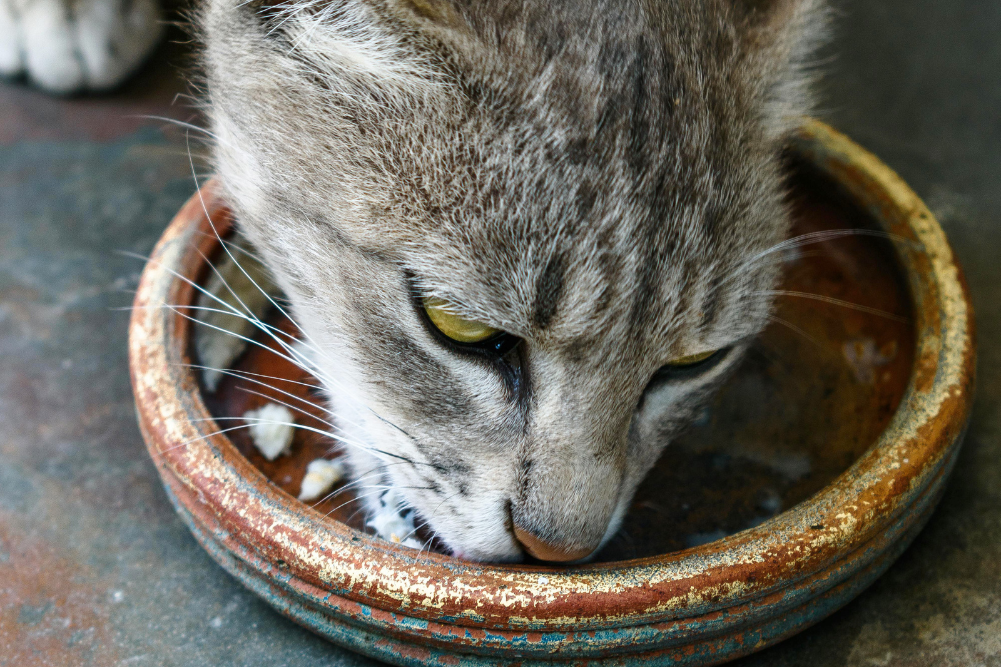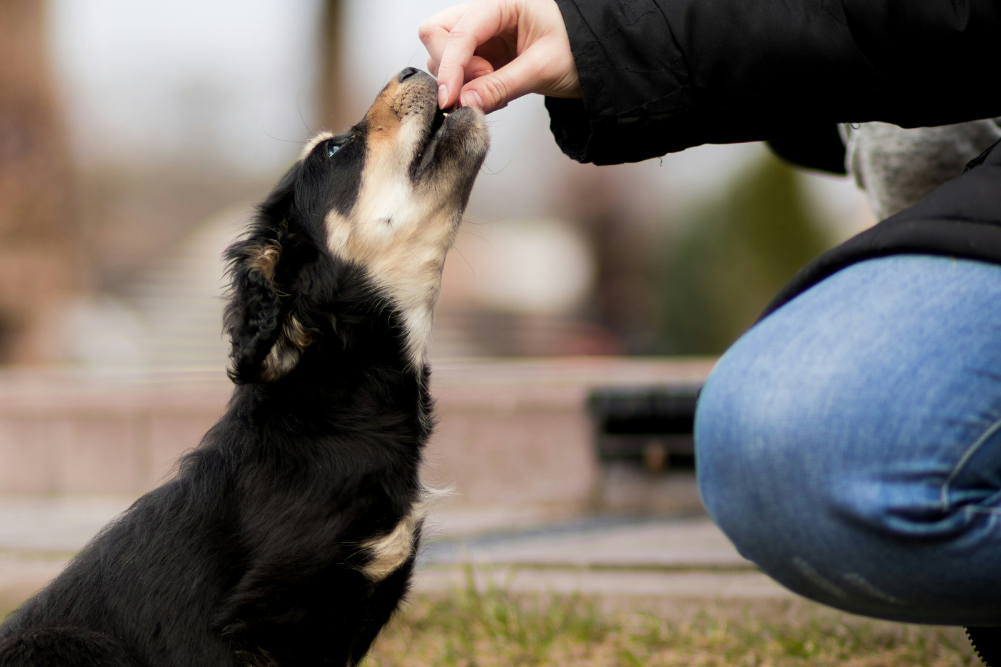A guide to natural medicine for your pet
Diet, herbs, acupuncture and lifestyle will always be a part of integrative veterinary care, but three newer treatments are PEA (palmitoylethanolamide), low-dose naltrexone and cannabis oil.
CBD
CBD stands for cannabidiol, and refers to one of the well-known phytocannabinoid compounds produced by the cannabis plant (Cannabis sativa),the other being delta-9-tetracannadidiol or THC. In fact, Cannabis sativa produces a number of biologically active substances including phytocannabinoids, terpenoids and flavonoids.
In general there are three types of cannabis: industrial hemp used for fibres, medicinal cannabis and marijuana. The last contains less than 0.3 per cent of the psychoactive cannabinoid THC.
This brings us to an important question: Is it legal to prescribe medicinal cannabis for pets? Until recently this was a grey area. Strictly speaking, vets in NSW were not able to dispense or prescribe cannabis for medicinal use in pets. However, since so many pet carers presented with products sourced online, or simply wanting information, we had to educate ourselves.
More recently, the NSW Veterinary Practitioners Board has mandated that registered vets may prescribe medical cannabis (<0.3 per cent THC) via a prescription to an accredited compounding pharmacist, but only where a suitable registered veterinary product is not available. This is a fairly broad definition of prescribing, which brings us back to how CBD works and when it be useful. What we understand is that the endocannabinoid system (ECS) is made up of receptors, neurotransmitters and enzymes, and functions to maintain homeostasis. It effects immune function, inflammation, memory responses, sleep, appetite and stress. The main receptors researched are CB1, found mainly in nervous tissue, and CB2, found mainly in immune tissues. Phytocannabinoids bind the cannabinoid receptors, and effect a response.
CBD is most commonly prescribed for support for osteoarthritis and seizures in dogs. A 2018 study showed CBD reduced pain in dogs with osteoarthritis. Studies have also shown reduced seizure frequency in dogs on CBD. Anecdotally, improvements are seen in dogs with irritable bowel disease (IBD), anxiety, other painful illnesses, degenerative myelopathy and some types of cancer.
A wide range of doses have been used in dogs and cats. I have observed that some respond to low doses, but others need much higher doses. This may be due to something called the “ECS tone”, referring to the amounts of cannabinoid receptors and endogenous cannabinoids in an individual.
Low-THC CBD seems safe in pets. There are some potential herb–drug interactions — we avoid tramadol and some antibiotics, and there may be additive effects, for example behaviour medication effects may be increased. As long as doses are increased slowly, then CBD seems to be a relatively safe and effective addition to our toolbox.
Care must be taken if purchasing online, which I don’t recommend, unless you have seen an Independent Standardisation Certificate showing the CBD and THC content. Full-spectrum whole-plant products have the added benefit of the “entourage effect” of the terpenes and flavonoids.
PEA
PEA (palmitoylethanolamide) is a long chain fatty acid — another endogenous compound which isn’t a true cannabinoid but can bind some cannabinoid receptors. PEA has been studied for its pain-relieving, anti-epileptic and anti-inflammatory effects.
PEA has been isolated from soybean lecithin, egg yolk and peanut meal. Some PEA supplements are derived from palm oil, which raises ethical concerns. PEA is classified by the TGA as a food supplement, so no prescription is required.
There is some science showing that PEA works for pets. A study in cats showed improved symptoms of an immune condition called eosinophilic granuloma complex (an inflammatory skin problem) after one month’s treatment at 10mg/kg. Another study in rats with experimentally induced arthritis showed that PEA plus quercetin was as effective as meloxicam (a NSAID) in improving mobility. PEA can reduce kidney deterioration in rats. Other reported benefits in people include treating asthma, depression, cystitis and allergic skin disease.
Safety studies have shown no adverse effects, although nausea and possible reflux have been reported. PEA can be used safely with conventional medications.
LDN
Naltrexone is classed as an opioid antagonist, and is used in people to manage drug and alcohol abuse. At lower doses (low-dose naltrexone or LDN) it may have different effects, including immune-modulating and neuroprotective effects. This is known as the hormetic principle, where pharmacologic chemicals will have different effects at different doses.
Clinical trials in people have shown benefits in treatment of fibromyalgia, MS, Crohn’s disease, cancer and other pain syndromes. The way LDN works is incompletely understood. It blocks toll-like receptors (TLRs) which are implicated in inflammation. Responses include improved quality of life and reduced pain. A small cancer trial in patients with pancreatic cancer showed long survival in two patients taking a combination of LDN and alpha-lipoiic acid. A study in 2018 showed improved survival and reduced side effects in dogs with canine mammary cancer treated with carboplatin plus LDN, compared to chemotherapy alone.
In my own clinical practice, I have included LDN in a number of dogs as part of an integrated approach to co-cancer care, allergic skin disease and IBD. Although it is hard to see a specific benefit of LDN, because most patients are on a combination of support, it is well tolerated.
Low-dose naltrexone is one of a number of medications now being investigated or repurposed for cancer co-care. Others include metformin, doxycycline and statins. Broadly their benefit may be due to blocking tumour cell metabolic pathways. These are all newer treatments we can now utilise as part of integrative veterinary practice.








